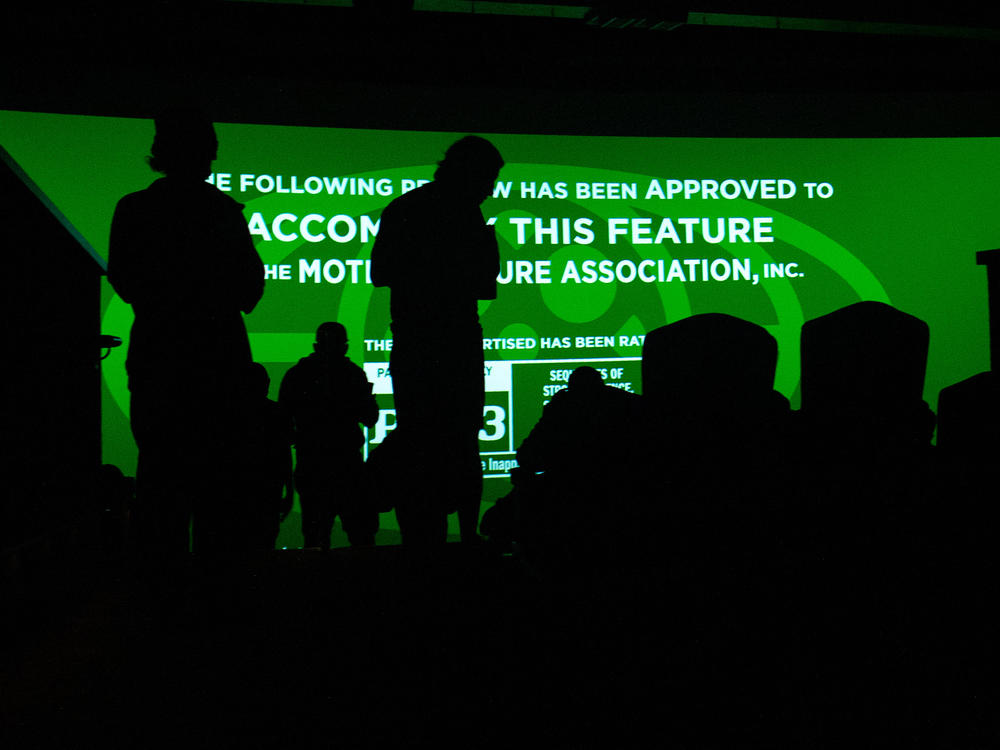Section Branding
Header Content
USC study reveals Hollywood studios are still lagging when it comes to inclusivity
Primary Content
A new study from the University of Southern California's Annenberg Inclusion Initiative reveals Hollywood studios are still mostly lagging when it comes to inclusivity.
USC's survey covers the 1,600 top films from 2007 to 2022, with a particular focus on the most popular films of last year. It examines nearly 70,000 speaking roles according to gender, race and ethnicity, sexual preference, and disability, as well as the demographics of directors, screenwriters and other behind-the-scenes jobs.
2022 was, at least, a high point for girls and women of color in lead roles. According to the report, 19 movies featured an underrepresented female-identified lead, up from just one in 2007. (That was Perfect Stranger with Halle Berry in the lead role.) There were also more Asian characters in 2022 and a big uptick in women movie soundtrack composers.
But across pretty much every other area, Hollywood studios were found wanting.
"These legacy companies need to reimagine the way that they're doing business to represent the world around them, and that's currently not the status quo," said Annenberg Inclusion Initiative founder and report co-author Stacy Smith in an interview with NPR.
Regarding hiring for on-screen roles, only 15% of last year's top 100 films featured a gender-balanced cast. There was only one non-binary character. There were fewer actors from an underrepresented racial or ethnic group in a major role in 2022 than in 2021. The report showed only around 2% of speaking characters in the top films of 2022 were LGBTQ+ — "a percentage that has not changed meaningfully since 2014," USC's report summary noted. The percentage of characters with disabilities was even smaller.
Behind the scenes, the report paints an equally pessimistic picture. "A total of 88 individual women have directed a top-grossing movie over the last 16 years, compared to 833 men," the report summary stated. There has been no major uptick in the percentage of women-identifying screenwriters (16%) and producers (27%) over the past couple of years. In terms of the ethnicity and race of movie directors, the field is still heavily dominated by white men. Women of color comprised less than 2% of directors across all 1,600 films.
Smith called for the studios to "stop being performative" in their stabs at inclusive hiring. "They need to work with experts and work aggressively to change hiring practices, auditioning practices, and who their casting directors are," she said.
The study included films distributed by Paramount Pictures, Sony Pictures Entertainment, Universal Pictures, Walt Disney Studios, Warner Bros. Pictures, and Lionsgate.
The studios did not immediately respond to NPR's requests for comment.
USC's report does not include streamers or TV shows.
"Because they're different business models, we don't want to force the comparison between film and, let's say, episodic storylines," said Smith. "We need to compare women directors, men directors, non-binary directors in the film business. Otherwise, we're comparing apples and oranges in terms of how decisions are made."
However, a 2021 USC analysis of inclusivity in Netflix movies and TV shows conducted by Smith's team demonstrates the company's relative commitment to inclusivity compared to legacy studios. (Smith said she evaluates the streamer every two years.)
"These [legacy studio] CEOs need to sit down with [Netflix CEO] Ted Sarandos and find out what they did over at Netflix to create a massive change in a very short amount of time," Smith said.
Meanwhile, a new TV-focused report from the Hollywood gender parity coalition Reframe found gender-balanced employment in 94 of the top 200 series of the 2022-23 season.
Copyright 2023 NPR. To see more, visit https://www.npr.org.

